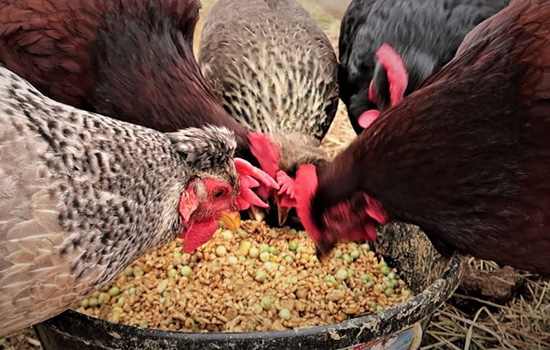The crude protein content in rice bran is high, ranging from 13% to 14%, which is much higher than that of rice (crude protein 9.2%). The content of amino acids is similar to or higher than that of common grains, and the content of lysine, tryptophan and threonine is higher than that of corn. Fat content as high as 10% to 17%, fatty acid composition is mostly unsaturated fatty acids, easily oxidized rancidity, can not exist for a long time, so it is often defatted, the production of rice cake cake (made by machine extraction) or rice bran (by extraction system Got). Its crude fiber content is higher, texture is loose, and its bulk density is lighter. However, the content of nitrogen-free extracts in rice bran is not high, generally below 50%.  The reason why the effective energy in rice bran is high and the effective energy value is high is obviously related to the crude fat content in rice bran, and the energy value of rice bran after defatting is reduced. The contained minerals contained less calcium (0.77%), more phosphorus (1%), and the calcium and phosphorus ratios were unequal (1:20.), but more than 20.0% of the phosphorus was phytate. Vitamin B and vitamin E are abundant. However, there are many kinds of antinutritional factors in rice bran, such as high phytic acid content; trypsin inhibitors, can cause protein digestion disorders and pancreas hypertrophy in chicks; contains arabinoxylan, pectin, β-glucan, etc. Starch polysaccharides; contains growth inhibitory factors.
The reason why the effective energy in rice bran is high and the effective energy value is high is obviously related to the crude fat content in rice bran, and the energy value of rice bran after defatting is reduced. The contained minerals contained less calcium (0.77%), more phosphorus (1%), and the calcium and phosphorus ratios were unequal (1:20.), but more than 20.0% of the phosphorus was phytate. Vitamin B and vitamin E are abundant. However, there are many kinds of antinutritional factors in rice bran, such as high phytic acid content; trypsin inhibitors, can cause protein digestion disorders and pancreas hypertrophy in chicks; contains arabinoxylan, pectin, β-glucan, etc. Starch polysaccharides; contains growth inhibitory factors.
The specific dosage of rice bran is less than 10% in adult chicken diets and 5% in chick diets.